What to expect of bass multi-effects pedals?
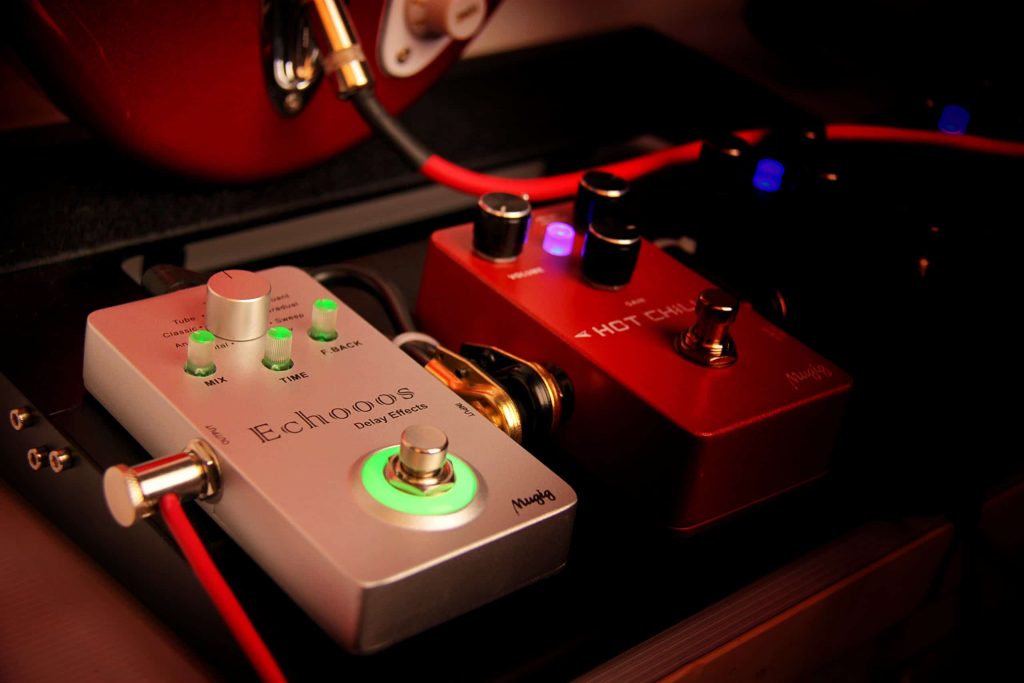 There are some key advantages and disadvantages of using a bass multi-effects pedal that you should be aware of before committing to purchasing one.
There are some key advantages and disadvantages of using a bass multi-effects pedal that you should be aware of before committing to purchasing one.
The clearest advantage of owning a bass multi-effects pedal is simply having a variety of effects built into one unit.
These products provide a one-stop shop for bass effects. When compared to the cost of purchasing singular pedals that match the number stored in the multi-effects pedal, it is clear that you will be saving a considerable amount of money when buying a multi-effects pedal for bass.
There are, however, some disadvantages important to note. The most well-known disadvantage is sound quality.
Multi-effects pedals tend to lack the crispness and clarity of sound when compared to singular effect units, which are aided by analog circuits.
Designers of single effects units are able to select and focus on a particular effect, whereas the net is as much wider with multi-effects pedals where sound quality can suffer.
Bass multi-effects pedals contain many similarities to guitars, especially in tonal capabilities. With a bass multi-effects pedal you should expect to access effects such as reverbs, phasers, delays, tremolos and chorus as evident in the Boss ME-50B, which will give you plenty to play around with.
However, as the pitch of the bass guitar is based on much lower frequencies, the majority of bass effects focus on limiters and compression to reduce the subsonic sound waves that can ruin equipment.
Most effects on a guitar will not be fully optimized on bass due to the low frequency.
Multi-effects explained by types
There are two types of multi-effects that are classified as either:
- Analog Bass Multi-Effects
- Digital Bass Multi-Effects
How do analog and digital bass multi-effects pedals differ?
First created in the 1980s, analog bass multi-effects are distinct by requiring manual operation of the sound signal.
This differs from digital multi-effects since the digital circuits built into the unit modify the signal. Digital multi-effects were developed after analog units and are therefore seen as analog’s younger sibling.
Purists will always opt for analog bass multi-effects pedals such as the Way Huge WHE214 because of the natural sound quality as digital conversion can cause interferences from the original input, which can negatively affect digital multi-effects units.
Where should you start with the bass multi-effects pedal?
The first time you use a bass multi-effects pedal can be a little confusing. Since there are many filters and distortion levels to select, it can be a bit overwhelming, especially if you are purchasing a bass multi-effects pedal for the first time.
A good tip is to simply spend some hours playing around with all the different effects available. Read through the better parts of the manual to get an overview before you play.
Often in music, it is the process of playing around care-free when you stumble upon interesting sounds and sequences for you to explore further.
The majority of multi-effects pedals out there will also come with some preset sound combinations for you to explore. If you are comfortable enough with them, many units will have customizable settings to create your own units.
Price tag
Since there is a growing number of multi-effects pedals for bass available to purchase online, there is now quite a varied range in prices.
Cheaper units can be priced around the $180 mark whereas units at the higher end extend beyond $450. However, the price does not necessarily mean quality.
If you do not have a budget, shop around affordable multi-effects pedals since some of the cheaper ones may more than adequately satisfy your needs.
Features to consider while buying the best bass multi-effects pedal
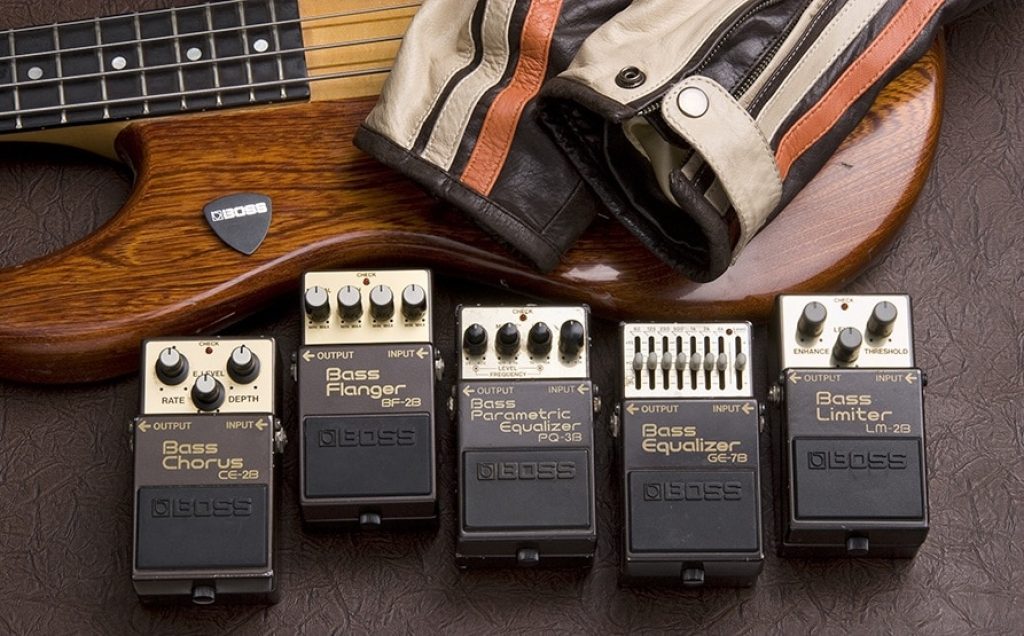
Detailed below are some specific aspects you should consider before purchasing the best bass multi-effects pedal to suit your needs.
Presets
As previously mentioned, the majority of multi-effects pedals for the base will have preset effects already tuned into the device for you to access.
The presets are normally really easy to access and are created using a complete setup with many different effects applied and manipulated to create an overall effect.
While using a factory preset, you may experience that some units will allow you to create and save your own effects easily through the touch of a button.
EQ Effects
Equalization effects operate through enhancing or cutting certain frequency bands with the sound signal.
EQ effects do not have any direct impact on the pitch, but they do have significant effects on the sound quality, known as timbre. These effects can work equally well with bass notes and high-end notes and can, therefore, be very useful for bass guitarists.
Depending on the type of multi-effects pedal, operating the EQ can either be very easy to operate or very precise.
EQ effects can also be operated by the tone knobs available on most guitars and basses. These knobs can manipulate the treble frequencies to give distinctive EQ sound. A good point of comparison for multi-effects pedals is the extent to which EQ is precise or easy to use.
Mounting type
Multi-effects pedals are available to purchase in three different formats, either unit that is floor-based with pedals and switches that are operated by foot, tabletop units with switches, and knobs or rack-mounted units.
Floor-based pedals are known for being great when playing live since the sound effects can be changed easily at the push of a pedal with your feet while you are playing. The majority of tabletop and rack-mount units also come with foot pedal options, which are ideal to give you a variety of options when playing live.
Digital connectivity
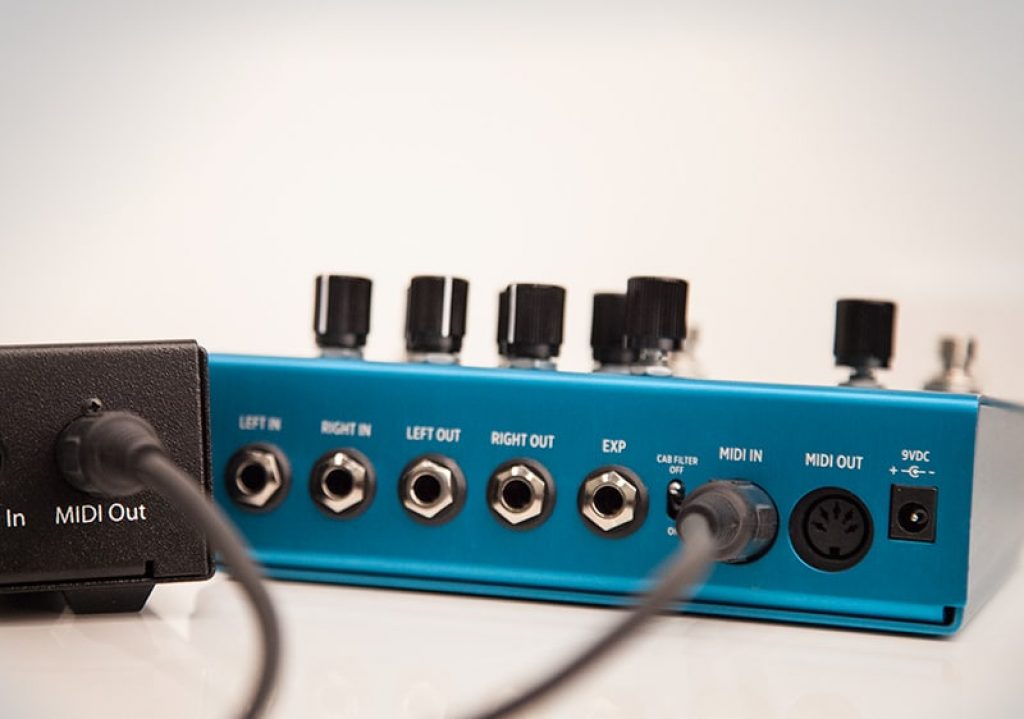
Among digital multi-effects pedals, there are a variety of different types of digital connections. Some digital connections provide good levels of control through external connections whereas others can record interfaces into your computer without needing any other hardware.
USB
USB can be used for updating patches on the pedal through editing software on your computer as well as using it to record the unit ins and outs.
The main advantage of the USB is speed when you are developing your sounds. While the foot pedal controls can give you plenty of variety, having a USB provides access to computer software which in many cases is quicker when in the editing process.
Multi-effects pedals that have USB access will also allow download presets from other artists to help you build a distinctive sound. You should check this out on the product specification to see whether a multi-effects pedal can enable this process.
The USB can also easily connect to a computer using the effects system as an audio interface, which is great as they can enable high-quality converters.
MIDI
On the more expensive multi-effects units you will find MIDI ports. These ports are very useful for controlling effects and emulations from the amplifier. This can be operated from a separate computer or a MIDI controller.
The best advantage of MIDI is that you can control it remotely provided you have a computer or rackmount unit at the back of the stage. When playing live, this can be perfect as a sound producer can manipulate the sound if necessary, but it can also be operated manually on stage.
S/PDIF
Although S/PDIF is well-known it is not commonly used with multi-effects pedals. The S/PDIF allows audio signals to be transmitted digitally to your audio interface or mixing desk.
This is beneficial for those using premium audio interfaces to make the most of the sound. However, for beginners or those with less expensive equipment, S/PDIF will likely be out of reach and not worth thinking about.
Size
Size is very important when it comes to multi-effects units. One of the main purposes of a multi-effects unit is to bring multiple pedals and rigs into one unit. However, if this unit and cables far exceed the size of several pedal-boards you would be left wondering what the point is.
Thankfully, the majority of multi-effects units are small and easy to transport, especially models such as the Zoom MS-60B. It is worth checking out the portability of certain bass multi-effects pedal units especially if you are going to travelling a lot with it. You need to understand your travel needs before considering the size of the multi-effects unit most suitable for you.
Effects variety
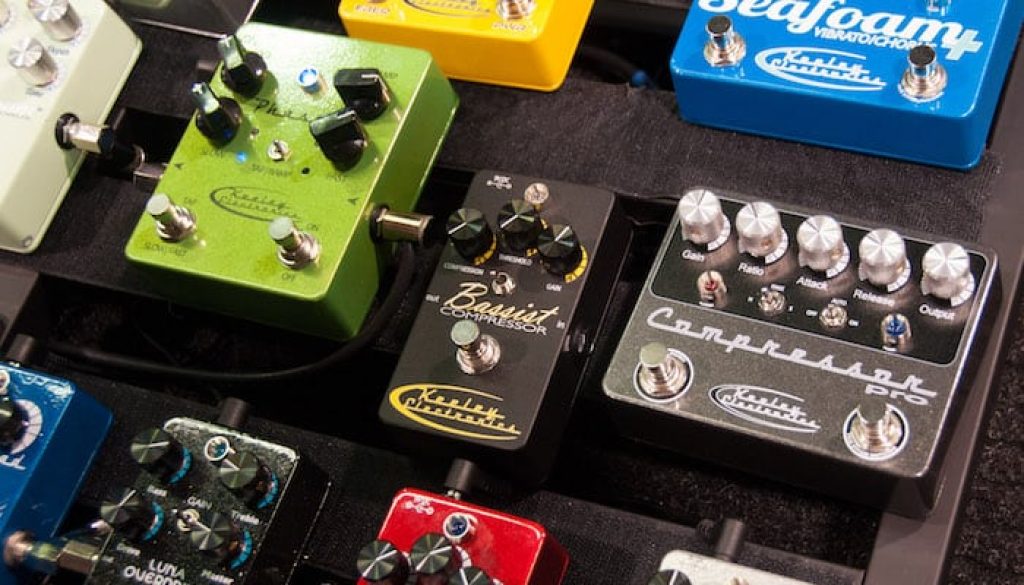
Phaser
Phasers are also commonly referred to as phase shifters. The effects of phasers are the duplication of the original waveform from the output of the guitar which then shifts a wave out of phase with another. They then blend these shifted phases together through an oscillating circuit to create a “whooshing” effect.
A famous use of phasers was Brian May, the lead guitarist of Queen, who commonly used the effect in the 1970s and 80s.
Chorus
Compared to a phaser, the chorus effect manipulates the duplicated waveform in a subtler way. The effect of chorus sounds like multiple voices are playing the same notes and sounds and the effect is usually applied through using two different amps with a slight delay in between them.
If you are playing in a three-piece band including bass, rhythm and solo guitar, the chorus effect is a great way to bulk out the sound.
Delay
Delay is one of the oldest studio effects known in electric guitar music. The effect duplicates the original sound input and repeats it after the original sound had been played. If played repeatedly, this sound can create an echo effect which can be very distinctive for bass guitars.
Time in between repetitions can be very short or extended out for a dramatic effect. The length of delay can normally be operated from the control panel of the pedal.
Reverb
Compared to delay, reverb is considerably subtler and rather than pure duplication of the sound input will replicate sound depending on the natural effect of the space in which it is being played. The sound would, therefore, be altered depending on the size of the room and environment. Although the majority of amps will have reverb settings many bass guitarists prefer having a pedal option for the reverb to maximize their sound potential.
Reverb adds a lot of colors to clean sounding notes. It has to be used with care however as the sound quickly become heavily distorted if not used correctly.
Looping
Looping has been made famous in recent years by Ed Sheeran. A looper records a passage of music which then plays it back repeatedly. You are then able to record more loops and then layer them on top of each other. Watch Ed Sheeran play live to see an example of how this can be done.
More advanced multi-effects pedals with looping controls will include inputs for vocals, rhythms that are built-in, custom effects and digital recording processes. Looping controls real enable a one-man band setup and can be mightily impressive to watch live.
For bass guitarists, looping can add a lot of variety to a track when performed live. A layering bass can be really potent sound in a song that wants to a strong drive and bass bounce.
Looping may however only be best utilized by really accomplished players. Though beginners should not be completely deterred as they can be a lot of fun to play around with.
Tremolo
The tremolo effect alters the signal volume within a preset range. The effect is also known as vibrato and is often available in amplifiers. The tremolo effect sounds like turning the volume dial up and down rapidly after hitting a note.
In addition to rapid volume change, tremolo effects normally contain a control for speed and one for depth. The speed alters how quickly the change in volume occurs whereas the depth changes the volume range of the sound. Adjusting these effects allows you to manually fluctuate the sound from loud to soft tones.
A song that uses tremolo to good effect is “Born on the Bayou” by Creedence Clearwater Revival as well as Gimme Shelter by The Rolling Stones. Have a listen to these songs to see how you could potentially use tremolo effects on your bass guitar.
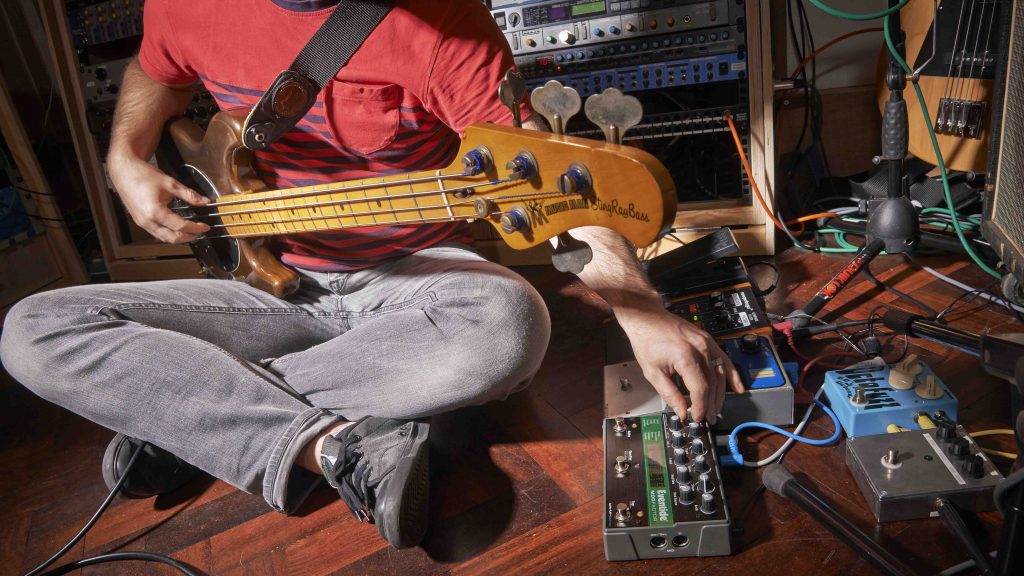
Convenience
The ease of use of a bass multi-effects pedal is very important in deciphering which model is the most suitable for you. Many multi-effects pedals are notoriously difficult to use. Try to find a unit that has a clear manual as well as a clear notation on the medal so it is easy to understand and operate the different effects.
Developments in technology have meant that most multi-effects pedals have decent sound quality. As this is the case, take time to select a pedal that you will be able to use with ease.
Warranty
If you are new to using a bass multi-effects pedal it is important that you have a look at the warranty information for each product. It is always good to protect yourself and those pedals with long term warranty agreements will you give peace of mind and a degree of flexibility when purchasing your bass multi-effects pedal.





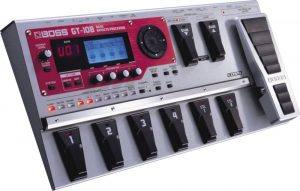

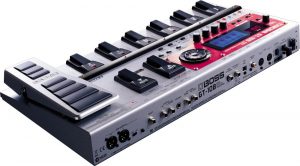

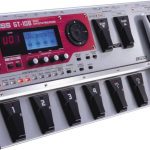
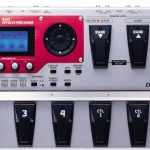
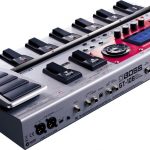
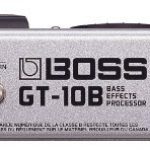
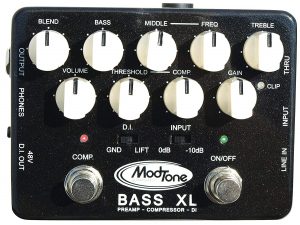
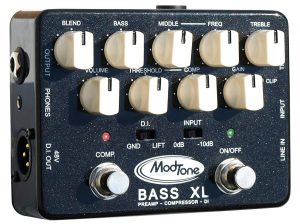
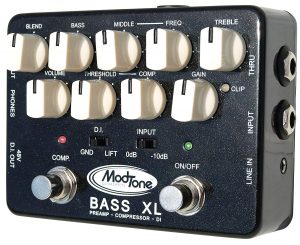
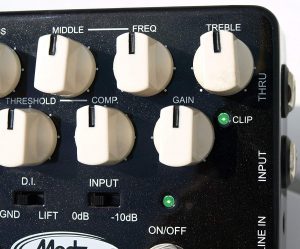
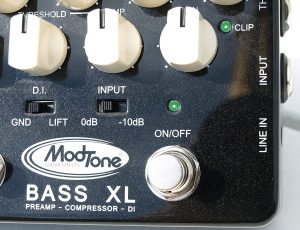
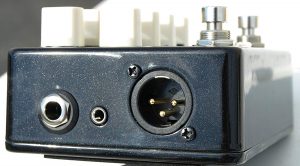
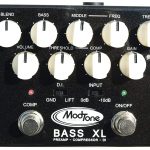
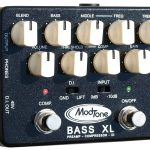
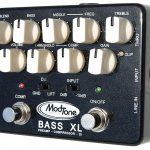

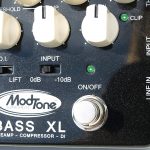
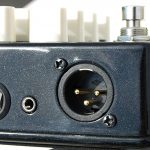
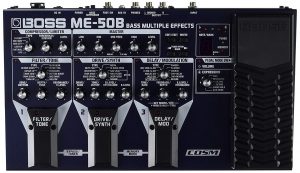
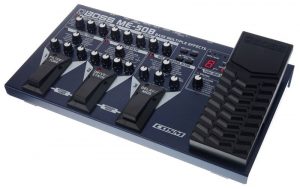

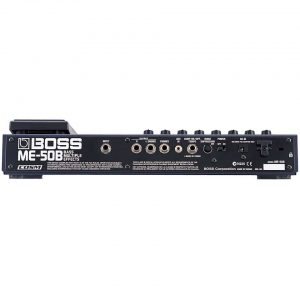

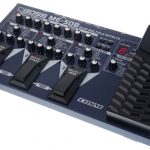
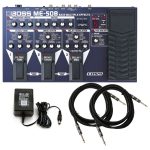
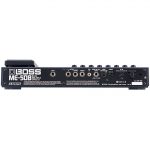
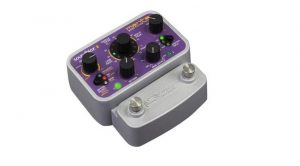
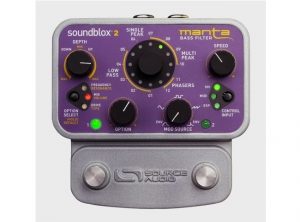
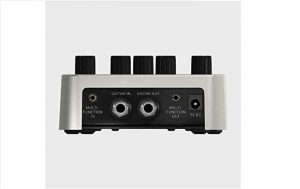
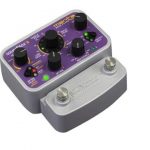
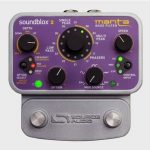
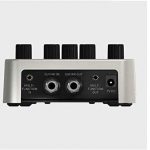

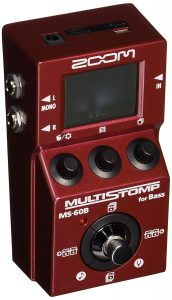
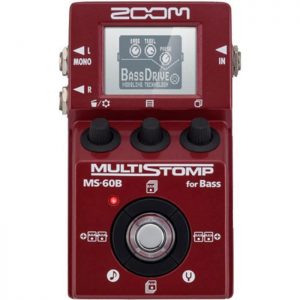
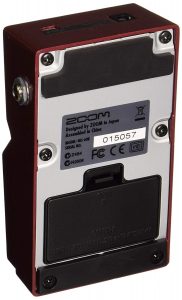
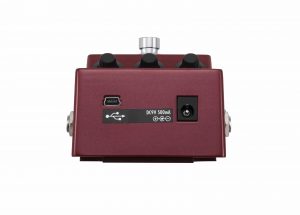


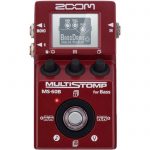
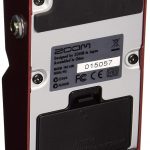
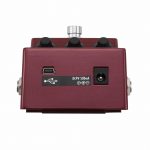
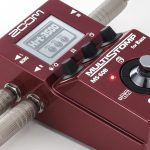
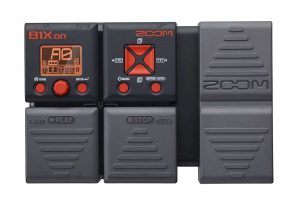
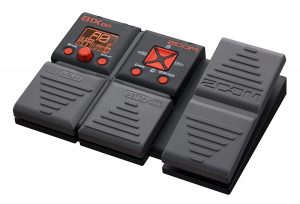

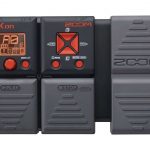
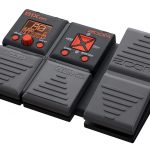
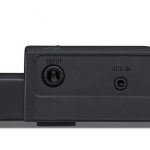
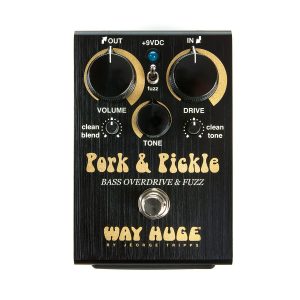
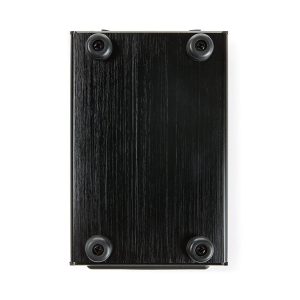
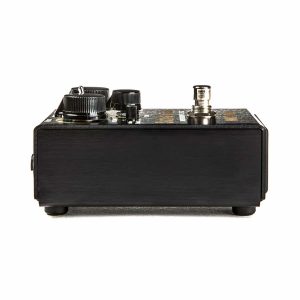
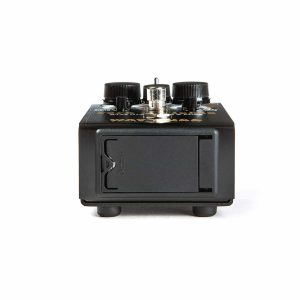
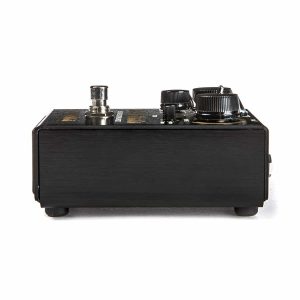
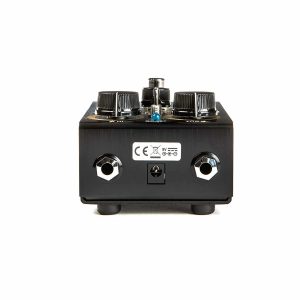
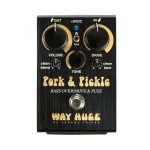
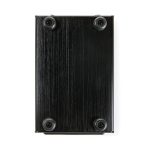

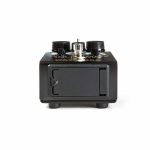
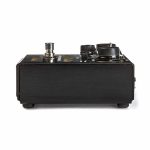
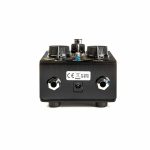
 There are some key advantages and disadvantages of using a bass multi-effects pedal that you should be aware of before committing to purchasing one.
There are some key advantages and disadvantages of using a bass multi-effects pedal that you should be aware of before committing to purchasing one.








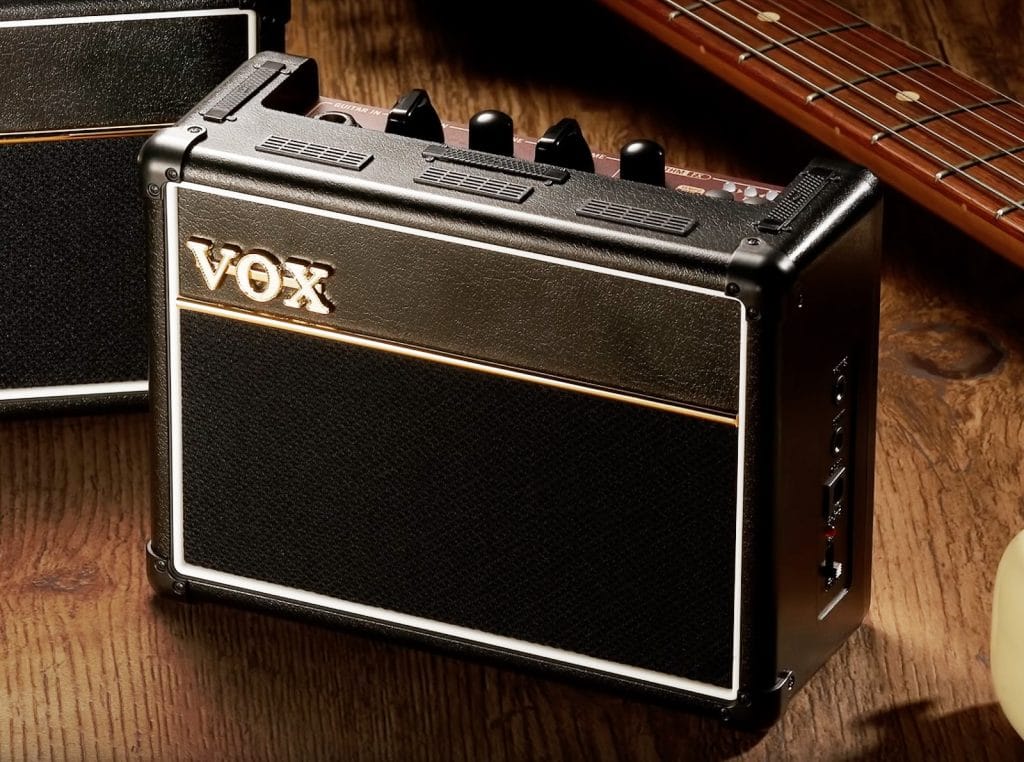
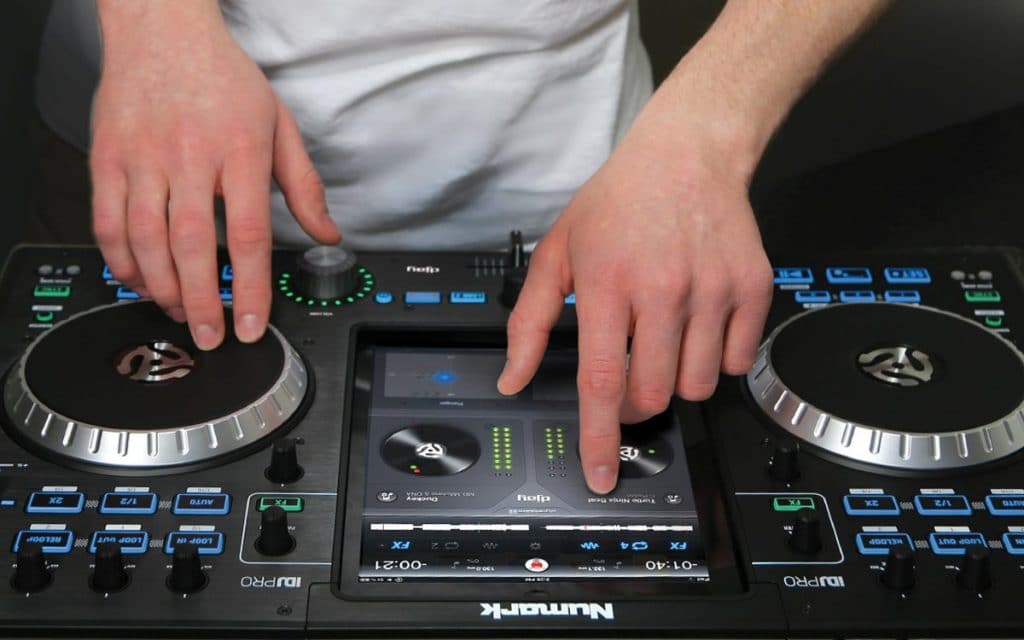
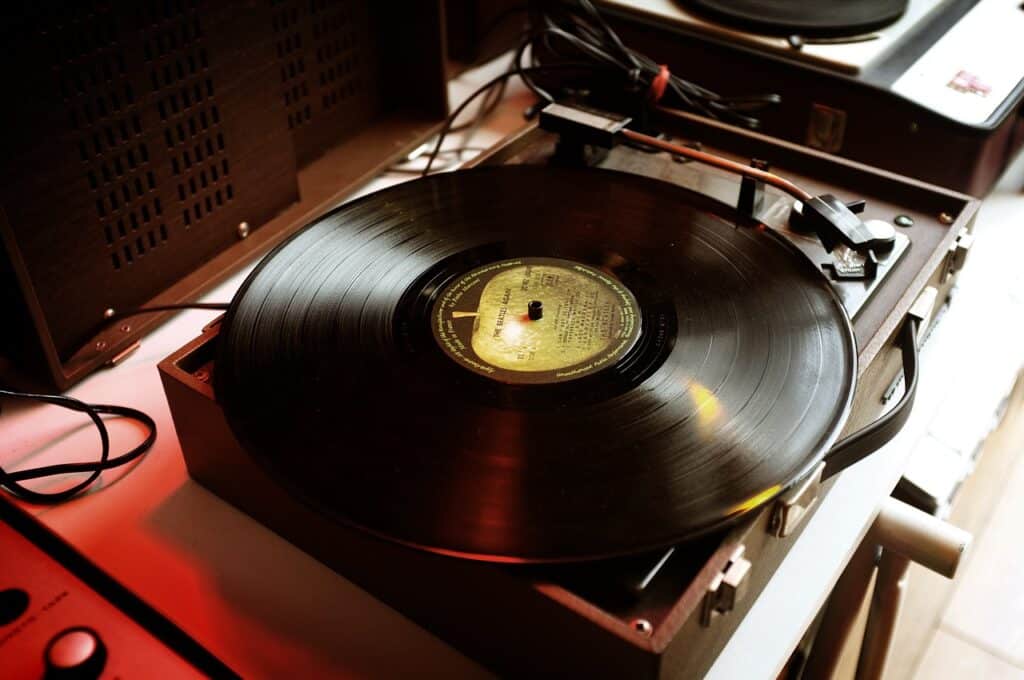
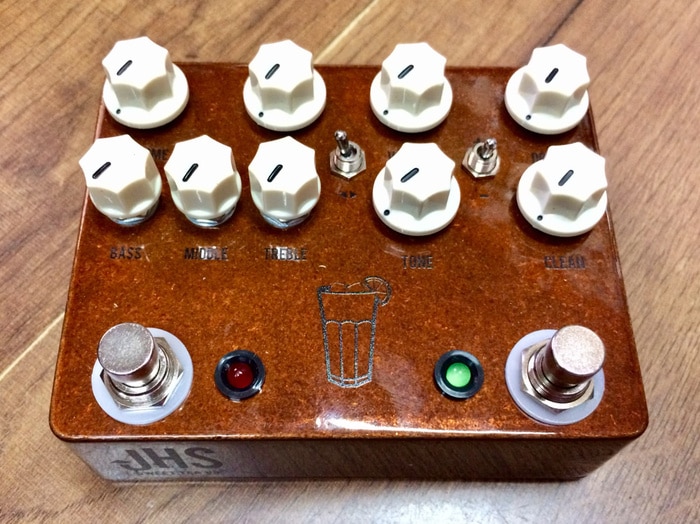
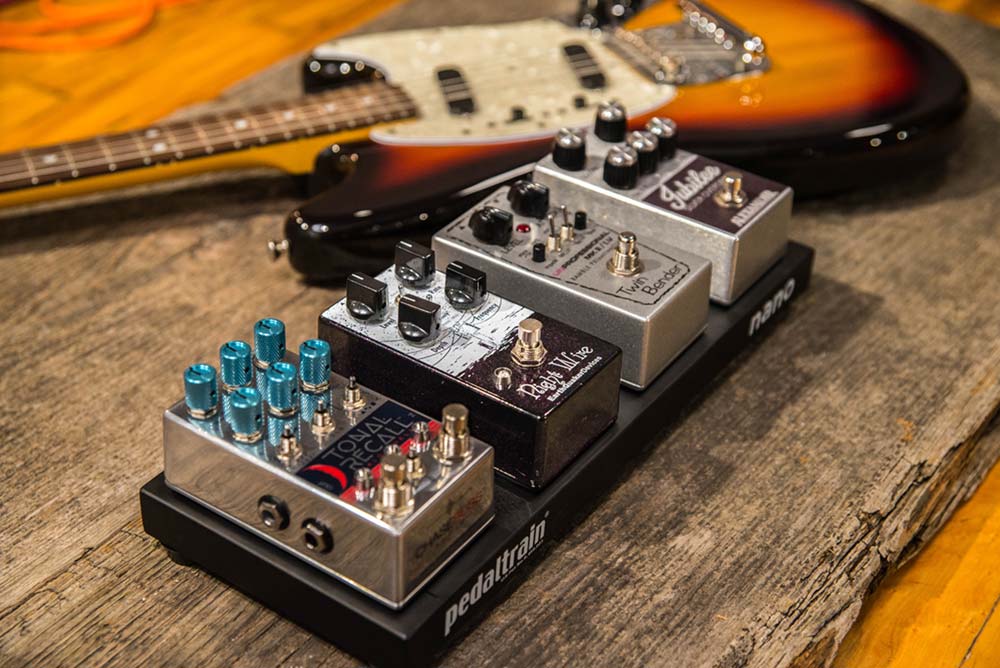
Hmm. I don’t see any mention of onboard tuners…something that is needed in both studio and live settings. I won’t buy a unit without a decent onboard tuner, because I don’t want to lug around even more equipment to do basic stuff. It’s one reason I keep using my Zoom B9.1ut unit…the tuner is fast and accurate. I don’t use 90% of the rest of it – I don’t need to sound like a rocket or like Bootsy. 🙂 Do any of these have tuners?
Hello there! Thank you for your comment and for sharing your concerns. We understand the importance of having a reliable onboard tuner, especially for both studio and live settings.
Regarding your question, some of the units we offer do come with onboard tuners, while others may not. We strive to provide a wide range of options to cater to different preferences and needs. We recommend checking the specifications and features of each unit you are interested in to see if they include an onboard tuner.
If you have any specific models in mind, feel free to let us know, and we’ll be more than happy to provide you with more detailed information. We appreciate your feedback and hope to assist you further in finding the perfect unit for your needs.